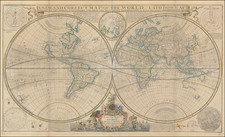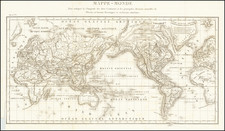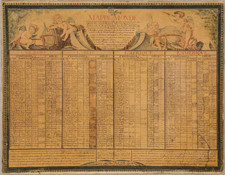Gorgeous example of Speed's double hemisphere map of the World, one of the earliest obtainable world maps published in England.
Speed's map is based upon Grent's extremely rare map of the world published in London. The map is one of the earliest attainable world maps printed in English. The map shows California as an Island, an unusual NW Coast of America, conjectural Magellanica or The Southerne Unknowne Land and extraordinary early detail throughout the map. It is surrounded by smaller celestial hemispheres, figural representations of Water, Earthe, Aire and Fire, a number of celestial phenomena & portraits of early explorers. Includes several lengthy notes on the South Pole & Straits of Magellan.
The present example is the very rare 1651 edition of the map, which includes the words "Are to be sold in popshead Alley by Will: Humble" below the allegorical figure of Aire, along the bottom of the map. The 1651 dating in the title would be retained on later editions of the map, but the "Humble" language would quickly be replaced by a note in the lower left part of the Eastern Hemisphere as follows: " "Are to be sold by Tho: Bassett in Fleet Street and Ric: Chiswell in St. Paul's Church yard."
John Speed (1551 or '52 - 28 July 1629) was the best known English mapmaker of the Stuart period. Speed came to mapmaking late in life, producing his first maps in the 1590s and entering the trade in earnest when he was almost 60 years old.
John Speed's fame, which continues to this day, lies with two atlases, The Theatre of the Empire of Great Britaine (first published 1612), and the Prospect of the Most Famous Parts of the World (1627). While The Theatre ... started as solely a county atlas, it grew into an impressive world atlas with the inclusion of the Prospect in 1627. The plates for the atlas passed through many hands in the 17th century, and the book finally reached its apotheosis in 1676 when it was published by Thomas Bassett and Richard Chiswell, with a number of important maps added for the first time.

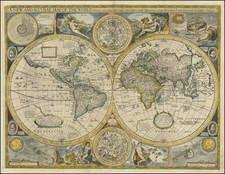








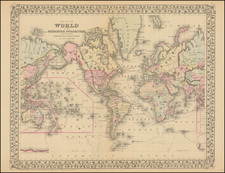
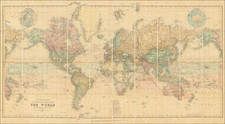
![Opusculum Geographicum Rarum [with map:] Universalis Orbis Descriptio, Cogimur e Tabula Pictos Ediscere Mundos.](https://storage.googleapis.com/raremaps/img/small/95970.jpg)
